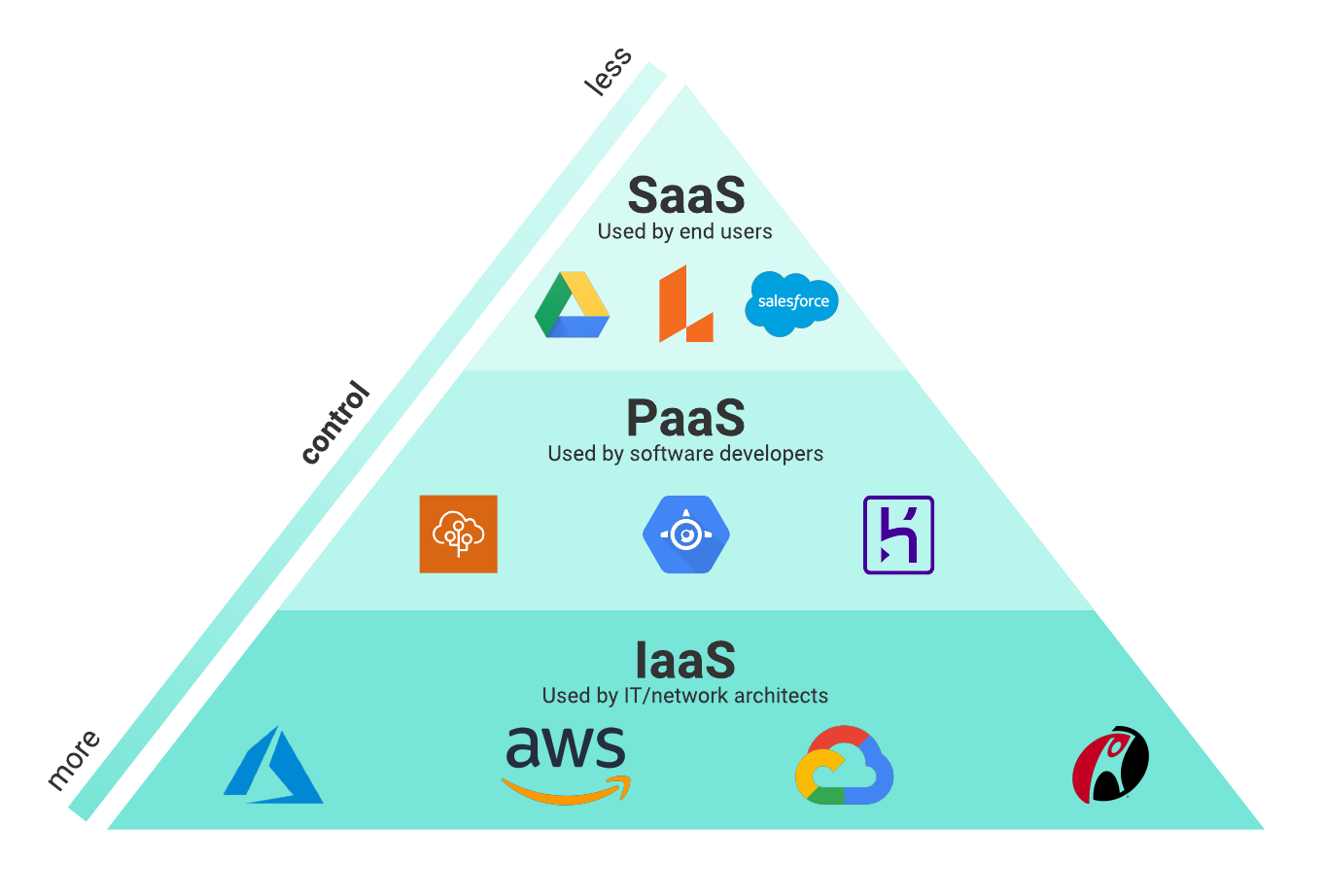Simplify Your Infrastructure With Cloud Services
As services navigate the ever-evolving landscape of modern technology and data monitoring, the duty of cloud services in simplifying framework has actually come to be progressively noticeable. Just how can companies efficiently browse this transition and genuinely open the possibility of cloud services for simplifying their framework?
Advantages of Cloud Solutions
Cloud solutions offer a streamlined technique to managing IT infrastructure, supplying companies with cost-efficiency, scalability, and versatility. Among the essential benefits of cloud services is the scalability they provide. Companies can conveniently scale their resources up or down based upon demand, ensuring they only pay for what they utilize. This adaptability is particularly beneficial for organizations with changing demands or those experiencing development.
Additionally, cloud solutions remove the requirement for companies to buy costly hardware and software application. This cost-efficiency is a substantial benefit, particularly for small to medium-sized enterprises looking to minimize upfront costs. By utilizing cloud solutions, services can access top quality IT sources without the large cost tag associated with traditional framework arrangements.
Furthermore, cloud solutions provide businesses with the adaptability to access their data and applications from anywhere with a web link. This degree of access improves cooperation among groups, allows remote job, and increases general performance. The adaptability provided by cloud solutions empowers services to adapt swiftly to transforming market problems and customer demands.
Price Cost Savings and Scalability
Along with the functional benefits highlighted previously, the assimilation of cloud services right into a business's framework comes up with substantial expense savings and boosted scalability. Cloud solutions offer a pay-as-you-go model, enabling businesses to scale sources up or down based upon existing requirements, consequently preventing the prices connected with preserving excess capability. This versatility enables business to adjust swiftly to rising and fall needs without incurring unneeded expenditures.
In addition, cloud services eliminate the need for upfront investments in software and hardware, minimizing funding expenditures. Overhead are likewise lessened as business no more need to manage and maintain physical web servers, bring about reduced energy consumption and IT staffing expenses. Furthermore, cloud services supply automated updates and maintenance, guaranteeing that the infrastructure remains up-to-date and secure without calling for hand-operated interventions.
Enhanced Security Actions
Carrying out rigid safety and security steps is vital when incorporating cloud solutions right into a firm's infrastructure to ensure and safeguard sensitive data compliance with industry regulations. Cloud service carriers supply improved protection attributes such as information security, firewall program defense, and multi-factor verification to minimize cybersecurity risks.
Furthermore, normal security audits and conformity evaluations help make sure and determine vulnerabilities adherence to industry requirements. Business can also take advantage of features like computerized safety and security updates and real-time risk monitoring given by cloud provider. By prioritizing security steps and remaining proactive in resolving potential risks, businesses can confidently utilize cloud services while protecting their useful information from unapproved gain access to or violations.
Transitioning to Cloud Facilities
To successfully incorporate cloud services into a firm's framework, an organized method that deals with the change towards cloud-based solutions is imperative. Transitioning to cloud framework involves mindful planning and execution to make certain a smooth migration process. The first step is to analyze the current facilities and establish which systems and applications are appropriate for movement to the cloud. This analysis ought to take into consideration factors such as data level of sensitivity, conformity requirements, and performance requirements.
As soon as the analysis is full, a migration method need to be created. This approach needs to detail the timeline, sources, and duties for relocating each element to the cloud. It is vital to go to this web-site connect this strategy plainly to all stakeholders to guarantee placement and minimize disruptions throughout the change.
Throughout the migration procedure, testing and monitoring are essential to identify and address any issues without delay. Routine checkpoints try this ought to be established to track progression and make needed modifications. In addition, training for workers on making use of cloud services must be provided to make sure a successful shift and optimize the benefits of the brand-new facilities.
Finest Practices for Cloud Adoption
Effective adoption of cloud solutions hinges on the calculated placement of organization purposes with technical capacities and business preparedness. To make sure a smooth change to the cloud, organizations should begin by conducting a thorough analysis of their current facilities and identifying which work are best fit for cloud migration. It is essential to entail crucial stakeholders from various departments in the decision-making process to acquire buy-in and attend to any type of concerns early.
One more best practice for cloud adoption is to focus on safety and security and conformity. Organizations needs to meticulously assess the safety actions used by cloud company and ensure that their information is protected according to market requirements and governing needs. Executing durable information encryption, access controls, and normal protection audits can aid alleviate threats connected with cloud adoption.

Final Thought

As companies navigate the ever-evolving landscape of innovation and data administration, the role of cloud view services in simplifying facilities has ended up being significantly popular - cloud services press release. Just how can companies successfully browse this change and truly unlock the capacity of cloud solutions for streamlining their facilities?
Cloud services use a structured approach to managing IT framework, supplying businesses with scalability, versatility, and cost-efficiency. By utilizing cloud solutions, organizations can access premium IT sources without the substantial price tag associated with traditional infrastructure setups.
To make certain a smooth transition to the cloud, organizations should start by conducting a detailed assessment of their existing facilities and determining which workloads are best fit for cloud migration.